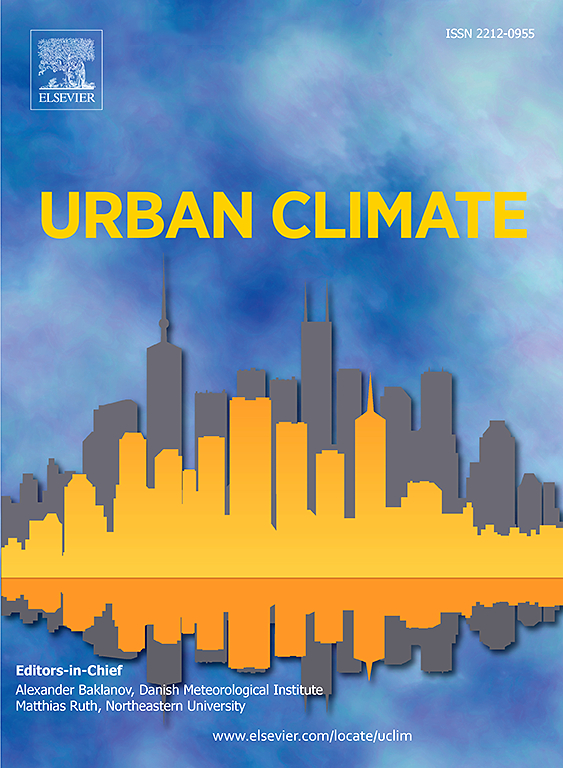Determining the key meteorological factors affecting atmospheric CO2 and CH4 using machine learning algorithms at a suburban site in China
IF 6
2区 工程技术
Q1 ENVIRONMENTAL SCIENCES
引用次数: 0
Abstract
Atmospheric CO2 and CH4 were measured from March 2023 to February 2024 at a suburban site near the northern foot of the Qinling Mountains, China, aiming to determine the key meteorological factors that influencing the seasonal CO2 and CH4 dynamics using machine learning (ML) algorithms. Yearly average atmospheric CO2 and CH4 were 446.1 ± 10.0 ppm and 2118.9 ± 50.5 ppb, respectively. Anthropogenic emissions dominated atmospheric CO2 and CH4 changes in winter, and the excess CO2 (ΔCO2) and CH4 (ΔCH4) above background levels during the heating period were mainly from combustion emissions. We selected seven ML algorithms to determine the variable importance of meteorological factors, among which eXtreme Gradient Boosting (XGBoost) and Random Forest (RF) demonstrating the best performance and ranking consistency of the factors. Humidity and temperature of the atmosphere and soil had the higher effect (XGBoost: 80.4 %; RF: 78.1 %) on CO2 in spring, while humidity was crucial in winter, with variable importance of 69.3 % for XGBoost and RF. In summer and autumn, photosynthetic photon flux density and wind speed (WS) (totaling 35.2 % ∼ 50.7 %) dominated CO2 dynamics. For CH4, atmospheric and soil humidity (totaling around 40.0 %) were key factors in spring, whereas atmospheric humidity was important in winter. WS had the largest effect in summer (XGBoost: 26.3 %; RF: 33.3 %) and autumn (XGBoost: 19.8 %; RF: 28.8 %). Meteorological processes like cold front passage significantly reduced CO2 and CH4 concentrations during haze events. XGBoost and RF have emerged as powerful tools for determining the key meteorological factor that favour seasonal GHGs evolution.
求助全文
约1分钟内获得全文
求助全文
来源期刊

Urban Climate
Social Sciences-Urban Studies
CiteScore
9.70
自引率
9.40%
发文量
286
期刊介绍:
Urban Climate serves the scientific and decision making communities with the publication of research on theory, science and applications relevant to understanding urban climatic conditions and change in relation to their geography and to demographic, socioeconomic, institutional, technological and environmental dynamics and global change. Targeted towards both disciplinary and interdisciplinary audiences, this journal publishes original research papers, comprehensive review articles, book reviews, and short communications on topics including, but not limited to, the following:
Urban meteorology and climate[...]
Urban environmental pollution[...]
Adaptation to global change[...]
Urban economic and social issues[...]
Research Approaches[...]
 求助内容:
求助内容: 应助结果提醒方式:
应助结果提醒方式:


